vRealize Suite Life Cycle Manager 2.0 was released in September 2018 and with this release a lot of new features were added. Please refer to this post to learn What’s new in vRLCM 2.0.
What is vRealize Suite Lifecycle Manager?
vRealize Suite Lifecycle Manager automates install, configuration, upgrade, patch, configuration management, drift remediation and health from within a single pane of glass, and automates Day 0 to Day 2 operations of the entire vRealize Suite, enabling simplified operational experience for customers.
In this post I will walk through the important configuration steps that needs to be in place before you can start consuming vRLCM to automate your stuffs.
vRLCM Deployment and Configuration
Deployment of vRLCM appliance is very straightforward like any other VMware va based deployment.
Once the vRLCM appliance is deployed and boots up, connect to the appliance by typing https://<vrlcm-fqdn>/vrlcm
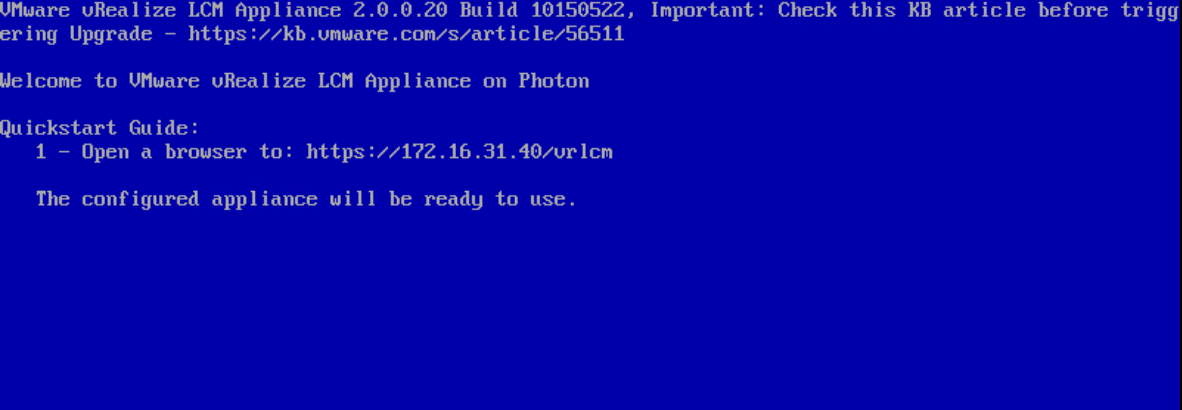
Initial login credentials are: admin@localhost/vmware
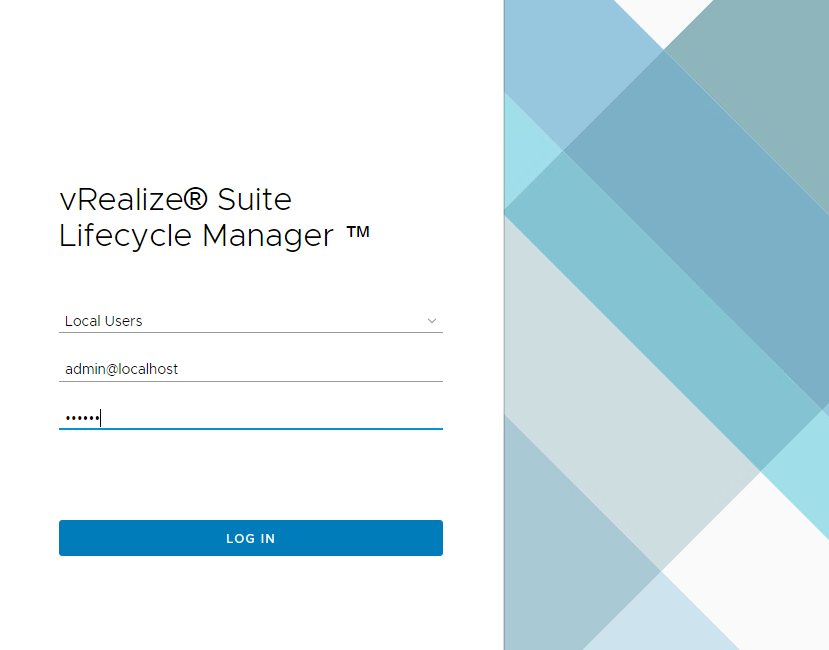
Post login you need to change the root password of the vRLCM appliance.

And this is the home page which you will see on first login.
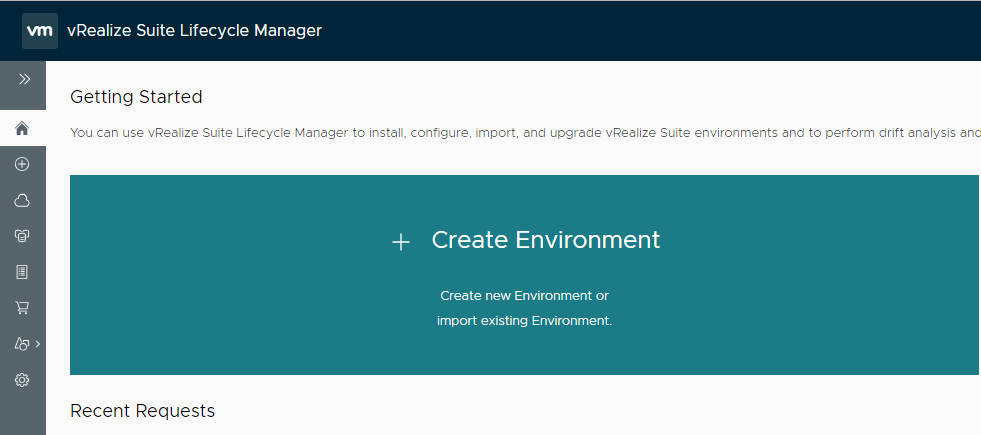
To start configuring vRLCM, go to settings page and navigate to My VMware page.
Register your MY VMware account with vRLCM so that you can download the product binaries directly from VMware portal.
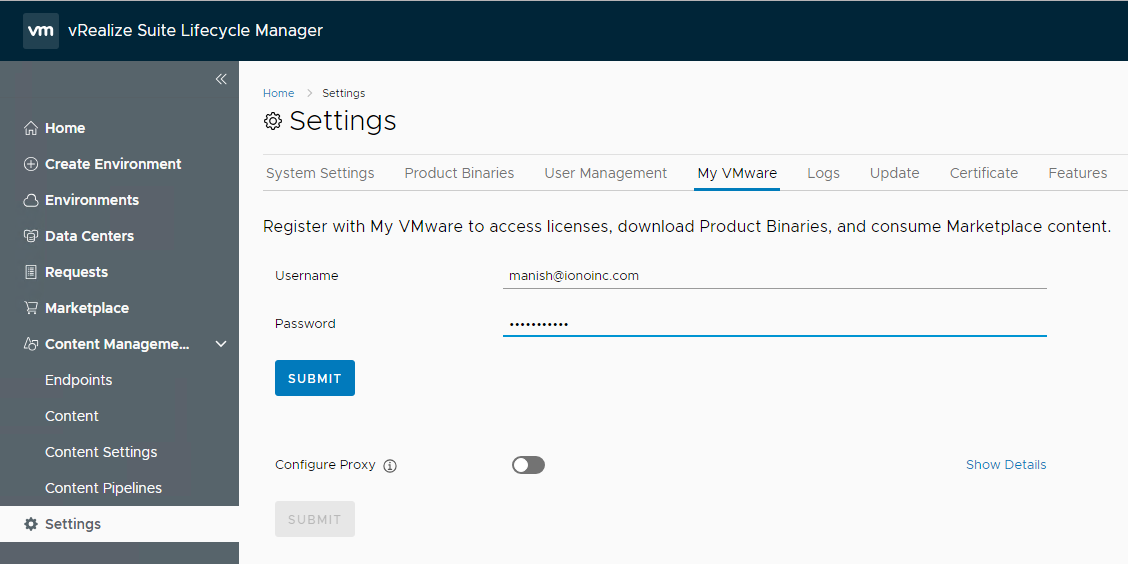
Click on Yes to start downloading the product binaries.

A list of items which can be downloaded from My VMware portal will be displayed. Click on arrow button to start downloading a product.
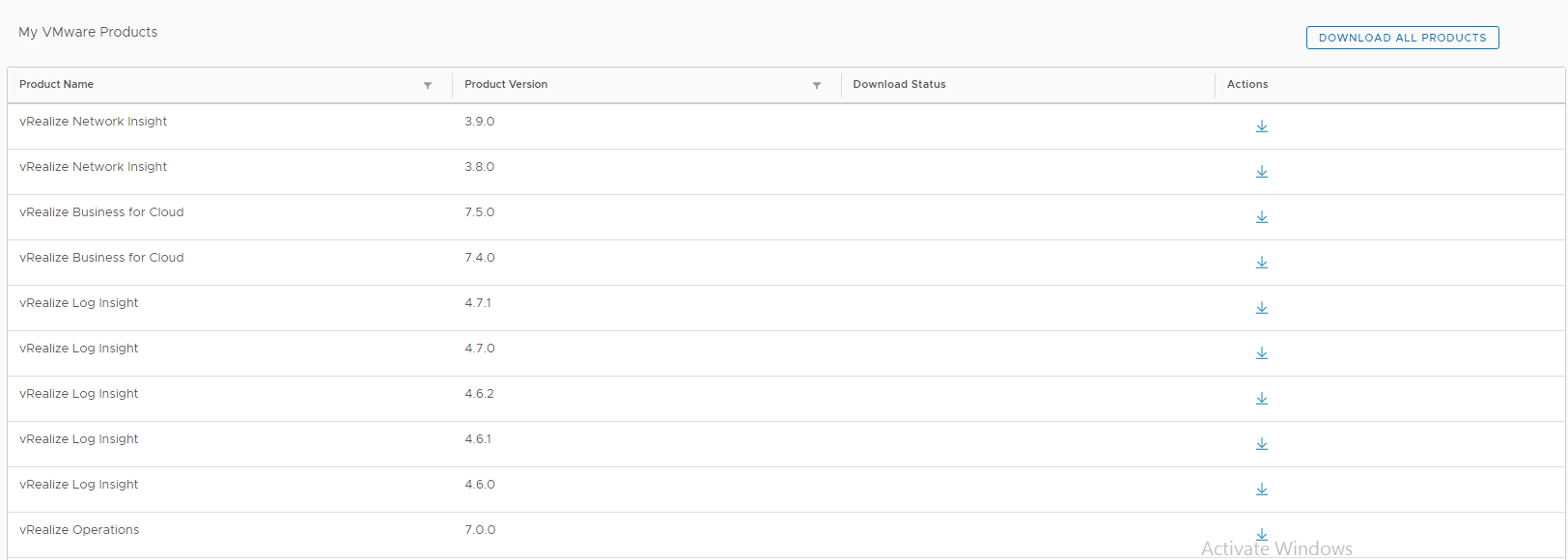
Alternatively if you have the product binaries already downloaded on your local system, you can upload them to vRLCM appliance via winscp or similar utility and then you can add them manually by clicking on “Add Binaries“
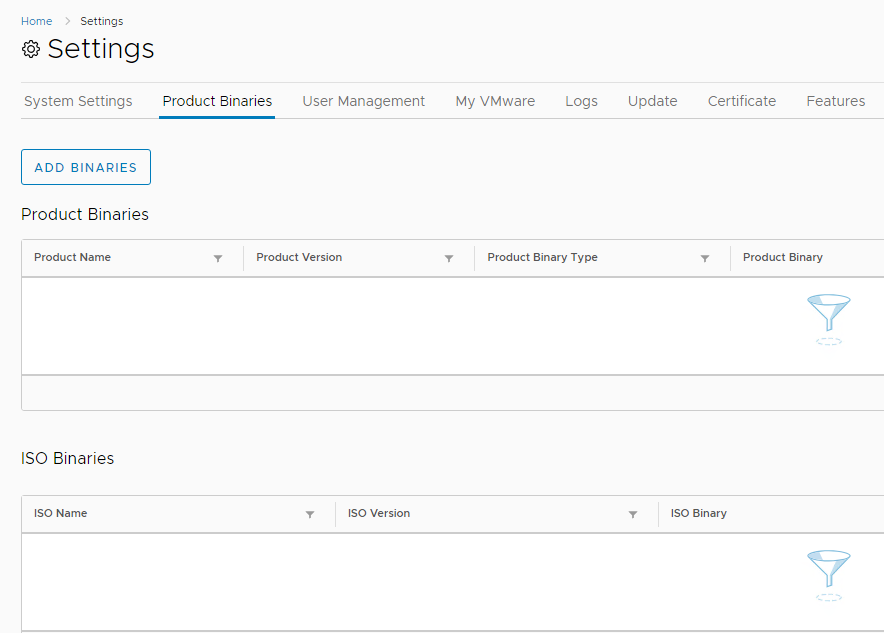
In this example I am adding an iso binary. To do so, I connected to my vRLCM appliance via winscp and created a folder named “iso” inside /data directory and uploaded my Windows Server 2012 R2 iso in /data/iso.
Under product binaries, I selected Windows ISO folder and provided the path containing my iso image and clicked on Discover button.
The appliance detected the iso image. I manually entered the KMS key for os installation and clicked on submit.
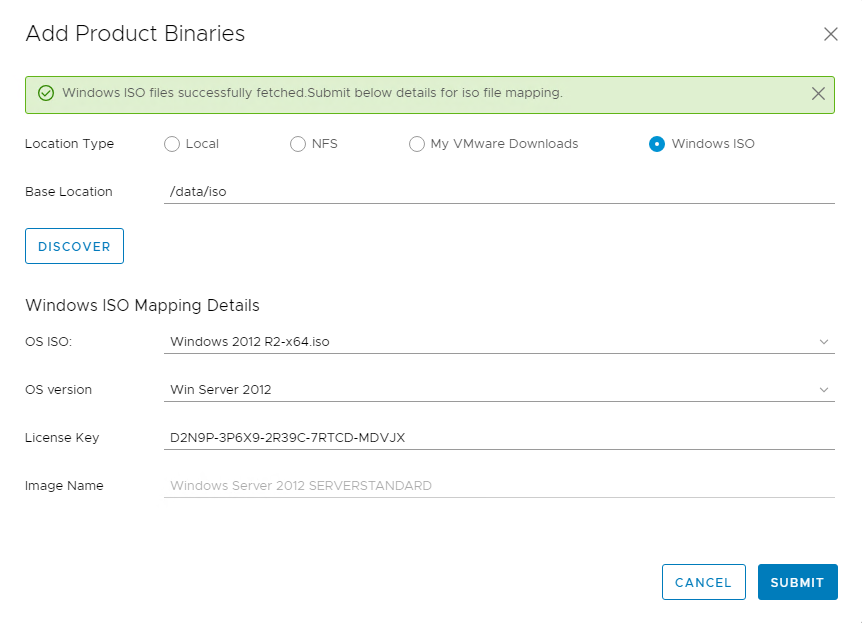
Next is to create a Virtual Data Center.
Navigate to the Data Centers page and under Manage Data Centers, click on Add Data Center.
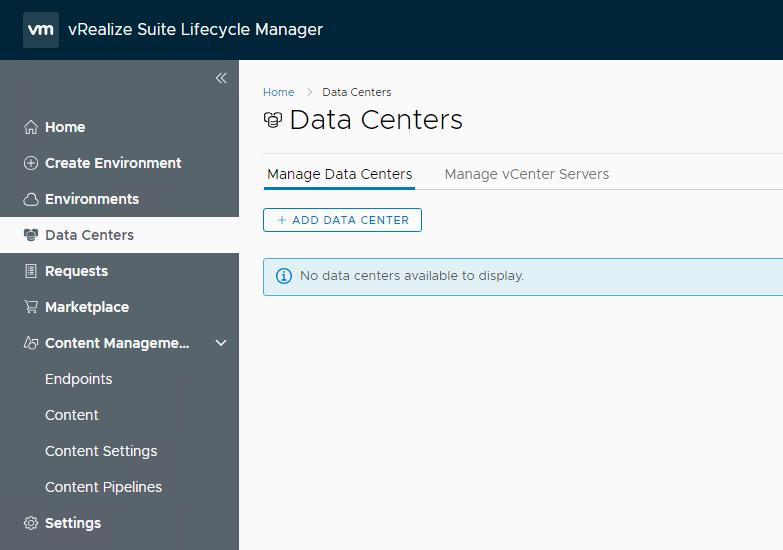
Provide name for the Data Center and select the location where it is hosted. Click on Add button to finish the Data Center add wizard.
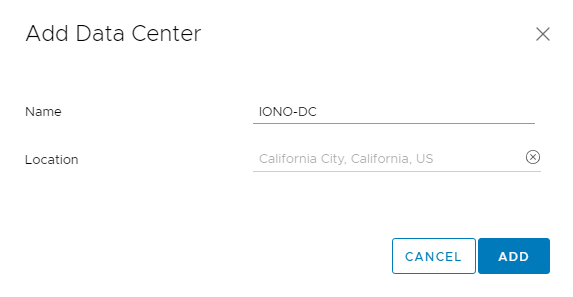
Next is to add your vCenter server.
Go to Manage vCenter Servers tab and select the Data Center which you created in previous step and click on Add vCenter Server button.

Specify name of the vCenter Server and the credentials via which vRLCM will connect to your VC. I am using a dedicated service account for this purpose.
Also select whether the vCenter you are adding is Management VC or Workload VC or it will be serving as both Management and Workload VC.
In my case I have a separate vCenter Server where workloads provisioned by vRA will be sitting, so I selected Management as vCenter server type here.
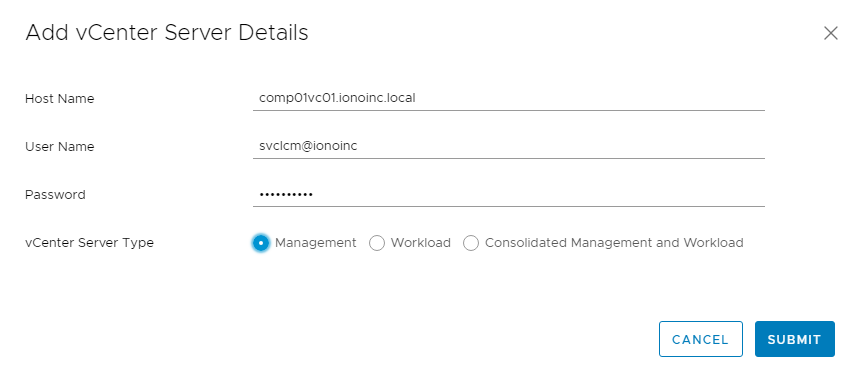
On hitting submit button, a task will be kicked to perform the discovery of vCenter server. During this phase items like host/cluster/datastores/folders/templates present in your VC will be learned by vRLCM.
Progress of vCenter discovery process can be monitored in Requests page.

Under Setting > System settings tab, you can update password of root and admin accounts of vRLCM appliance.
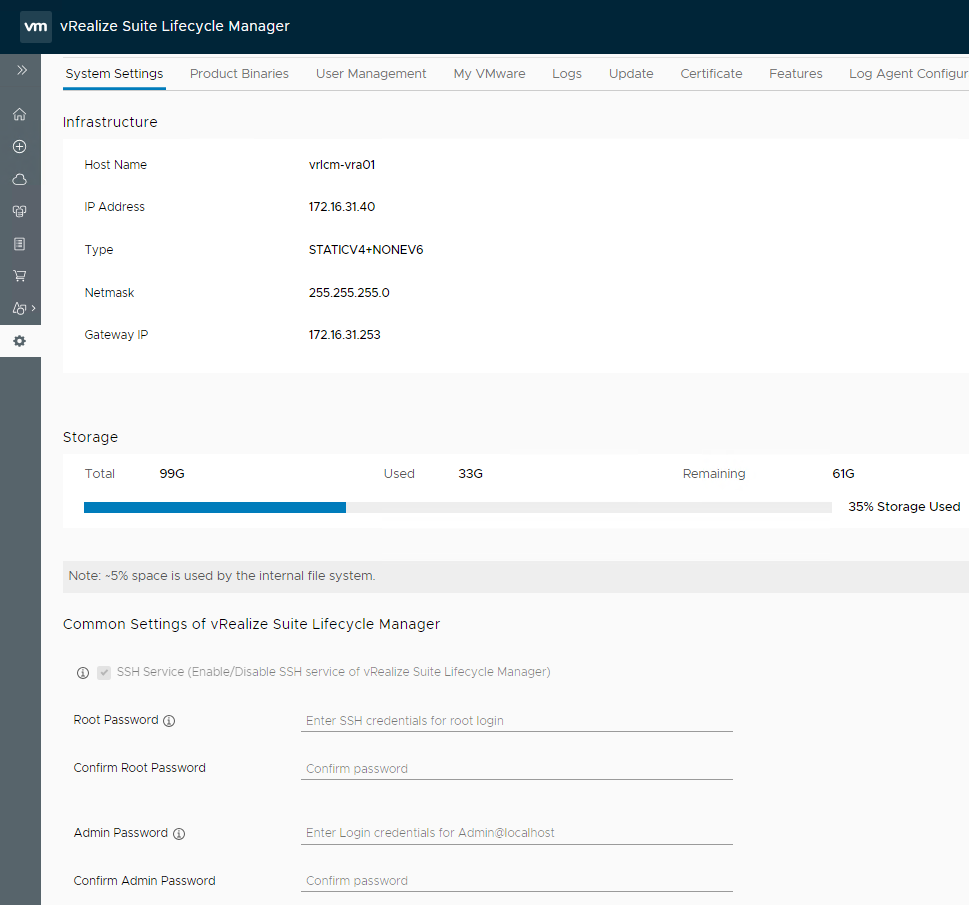
Logging level can be changed under Settings > Logs tab. From the very same page, you can download the logs for analysis.
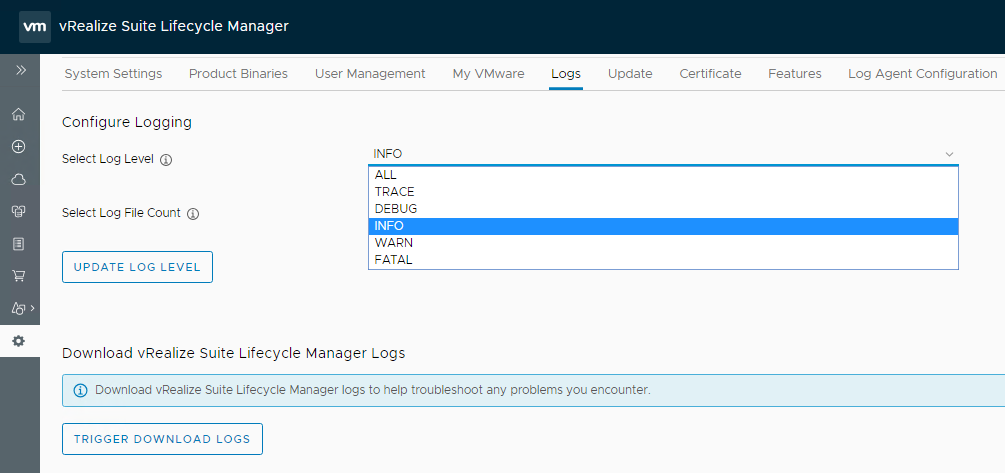
Appliance certificate management can be done by navigating to Certificate tab. If you plan to use signed certificate for your appliance, you can generate the csr here and send it to your CA server for signing and later import the signed certificate here.
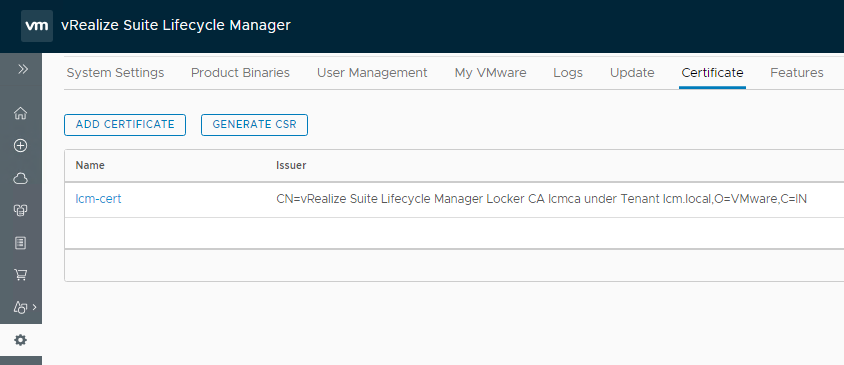
NTP for time synchronization can be added under NTP Servers.
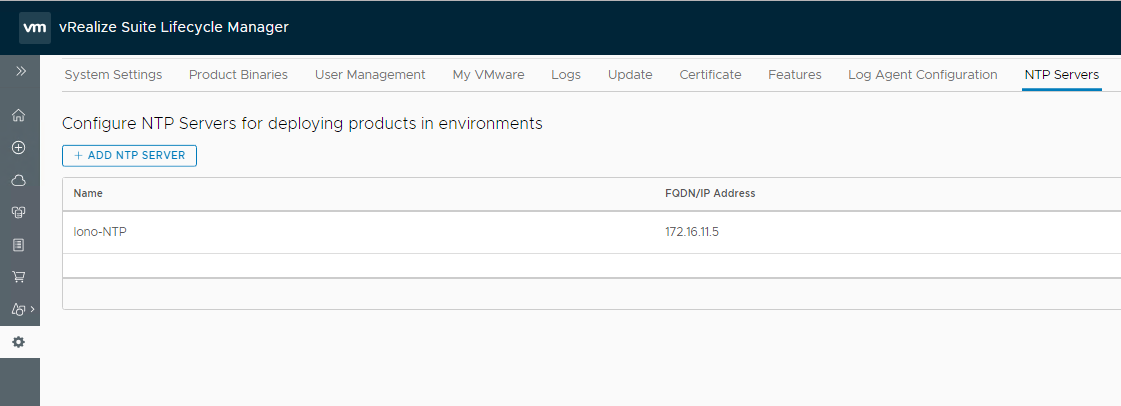
And that’s it for this post.
In next post of this series, I will demonstrate vRA distributed deployment using vRLCM.
I hope you enjoyed reading this post. Feel free to share this on social media if it is worth sharing
